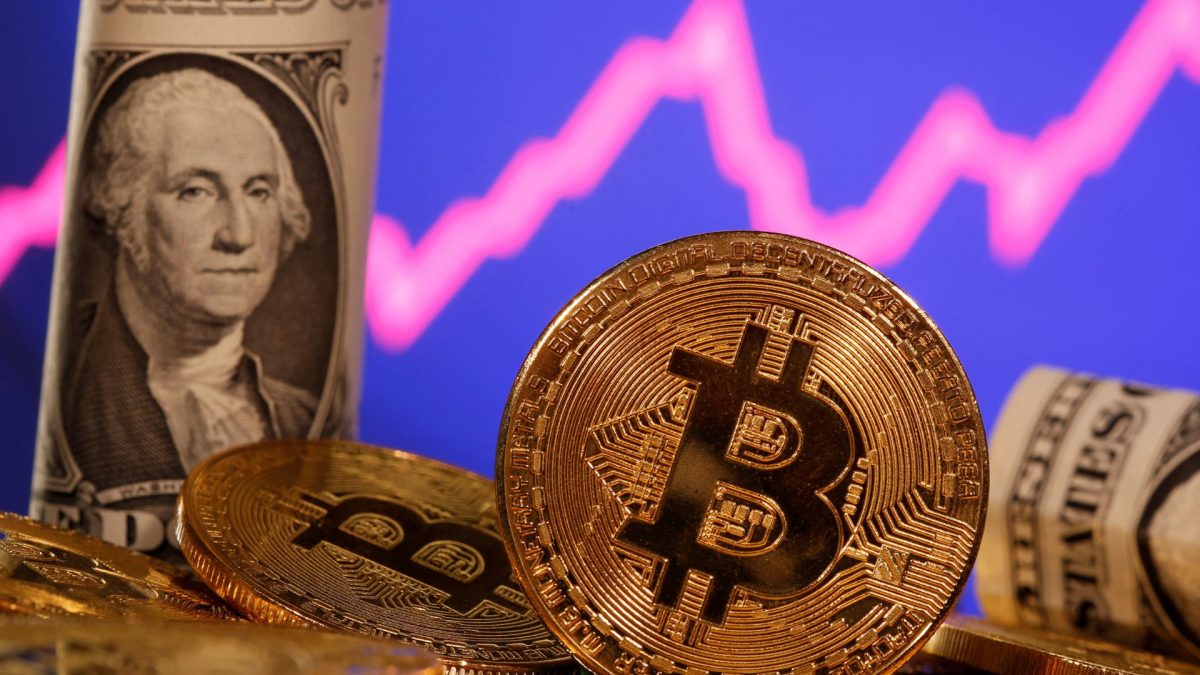Pakistan, a nation grappling with chronic energy shortages, regulatory challenges, and financial scrutiny, has made headlines with its ambitious foray into cryptocurrency.
Bilal Bin Saqib, the newly appointed Special Assistant to the Prime Minister for Crypto and Blockchain, recently unveiled the nation’s Strategic Bitcoin Reserve, designed to hold digital assets as a sovereign reserve.
While presented as a bold step towards embracing digital finance, the move is fraught with contradictions that border on irony.
Lights out at home, but power for Bitcoin?
Across major Pakistani cities, citizens endure crippling electricity outages, often extending beyond 12 hours daily. Amid this chronic energy crisis, the government has allocated 2,000 megawatts of surplus electricity for bitcoin mining and artificial intelligence (AI) data centres.
This stark inequality points to the government’s misplaced priorities, as ordinary Pakistanis grapple with high electricity bills and prolonged blackouts.
The roots of this paradox lie in the country’s energy infrastructure. Pakistan has significantly increased its electricity generation capacity, reaching approximately 42,131 MW by March 2024. This expansion includes coal, solar, and hydroelectric power plants, many financed under the China–Pakistan Economic Corridor (CPEC) initiative.
However, the transmission and distribution infrastructure has not kept pace, leading to inefficiencies and frequent power outages.
Furthermore, the energy sector is burdened by a circular debt exceeding $10 billion, resulting from a cycle of unpaid bills between consumers, distribution companies, and power producers. This financial strain hampers maintenance and upgrades of the grid, exacerbating power shortages despite surplus generation.
Chinese-funded projects under CPEC have added substantial capacity to Pakistan’s power sector. While these projects have increased generation, they come with high capacity payments, obligating Pakistan to pay for electricity regardless of actual consumption. This arrangement contributes to elevated electricity tariffs and financial stress on the energy sector.
Impact Shorts
More ShortsBalancing on FATF’s tightrope
Further complicating matters is Pakistan’s fraught relationship with the Financial Action Task Force (FATF), the global watchdog against money laundering and terrorist financing. Historically, Pakistan has frequently oscillated in and out of FATF’s grey list, indicating heightened scrutiny and ongoing compliance issues.
Pakistan was first placed on the FATF grey list in 2008, then removed in 2010 after demonstrating progress. However, it was re-listed in 2012, removed again in 2015, and placed back on the grey list in 2018 due to strategic deficiencies in counter-terrorist financing.
In October 2022, Pakistan was removed from the FATF grey list after significant improvements in its anti-money laundering and counter-terrorist financing frameworks.
Now, Pakistani authorities claim to be developing a “comprehensive, FATF-compliant regulatory framework for digital assets.”
One must question the practicality of this promise, given the country’s shaky track record in financial transparency. Digital currencies, inherently difficult to track, may inadvertently exacerbate the nation’s existing vulnerabilities in money laundering and illicit finance.
A sovereign wallet—or safe haven for questionable funds?
Central to Pakistan’s crypto push is the establishment of a national bitcoin wallet to hold state-controlled digital assets. According to Saqib, this reserve would signify Pakistan’s confidence in decentralized finance rather than speculation. Yet, skepticism abounds about the potential misuse of this wallet.
The transparency challenges intrinsic to cryptocurrency provoke concerns about the national wallet possibly becoming a repository for illicit funds. Given Pakistan’s existing FATF compliance struggles, critics suggest that without rigorous oversight, the strategic bitcoin reserve could unintentionally attract illicit financial activities.


)

)
)
)
)
)
)
)
)



